
SCreening for Anti-Neuroinflammation Molecular Entities
A humanized neuroinflammation in vitro platform
Scale up human disease models with unmatched cellular quality and disease relevance to increase confidence in clinical translation and make meaningful drug discovery and development decisions.
*Powered by axoCells™ - the leading choice for functionally relevant human iPSC-derived cells (or customer's preferred source)
Ask us about the benefits of SCANME, today.
SCANME
Time to Humanize
Human disease models are crucial for addressing the complexities of treating neurodegenerative disorders. SCANME provides researchers with access to biologically relevant human cell types and unrivalled scalability. Discover what sets SCANME apart in this video...
Leverage the features of SCANME
Customize SCANME's full suite of capabilities to meet your research needs. From target validation and hypothesis testing in human cell models to deepening SAR understanding, uncovering mechanisms of action, and exploring novel biological pathways.
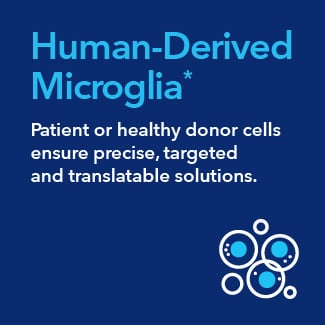
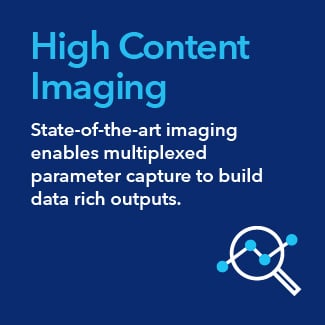
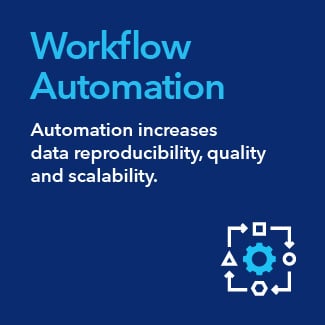
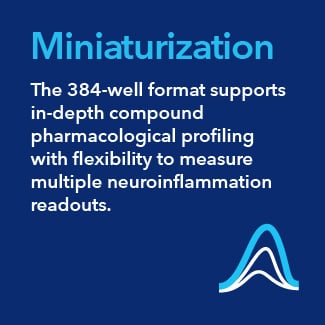
Why SCANME for your drug discovery program?
SCANME redefines the use of humanized in vitro assays for drug discovery. Unlock its potential, today.
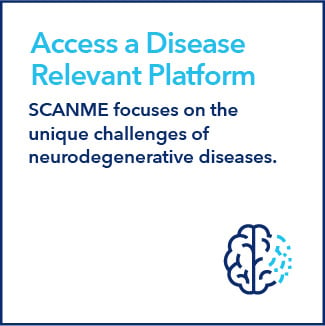
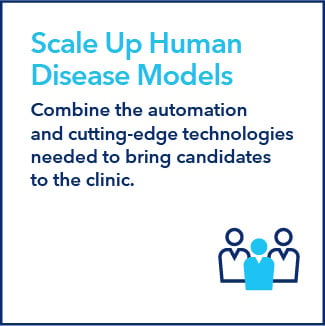
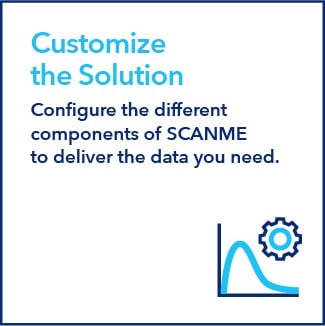
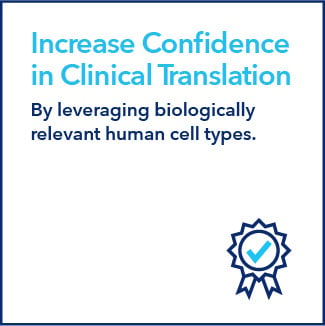
Q1: Can you show reproducibility/consistency between runs based on function (phagocytosis)?
A: Demonstrating data reproducibility and culture consistency between repeat experiments and different cell batches/lots is incredibly important and we acknowledge this is an area customers are interested in seeing actual data. To this end, we have captured metrics on microglia % viability and cell number across multiple different cultures, and this looks very encouraging. We are currently expanding this dataset by extracting phagocytosis functional data from a plethora of different experiments to illustrate assay robustness and data fidelity. Watch out for our updates on this FAQ!
Q2: Have you used disease triggers (nigericin, ATP, LPS, etc.) in healthy human iPSC-microglia?
A: We acknowledge the growing interest in applying disease-relevant triggers to healthy donor microglia to help circumvent variability which may arise with using patient-derived cells. Whilst not examined in human iPSC-derived microglia, we have used ATP, LPS, IFNγ - stimulation in other neuroinflammation cell types and examined several different function-based readouts. We do not see why these disease triggers cannot be applied to human iPSC-derived microglia using the SCANME platform, and we look forward to talking to customers about this.
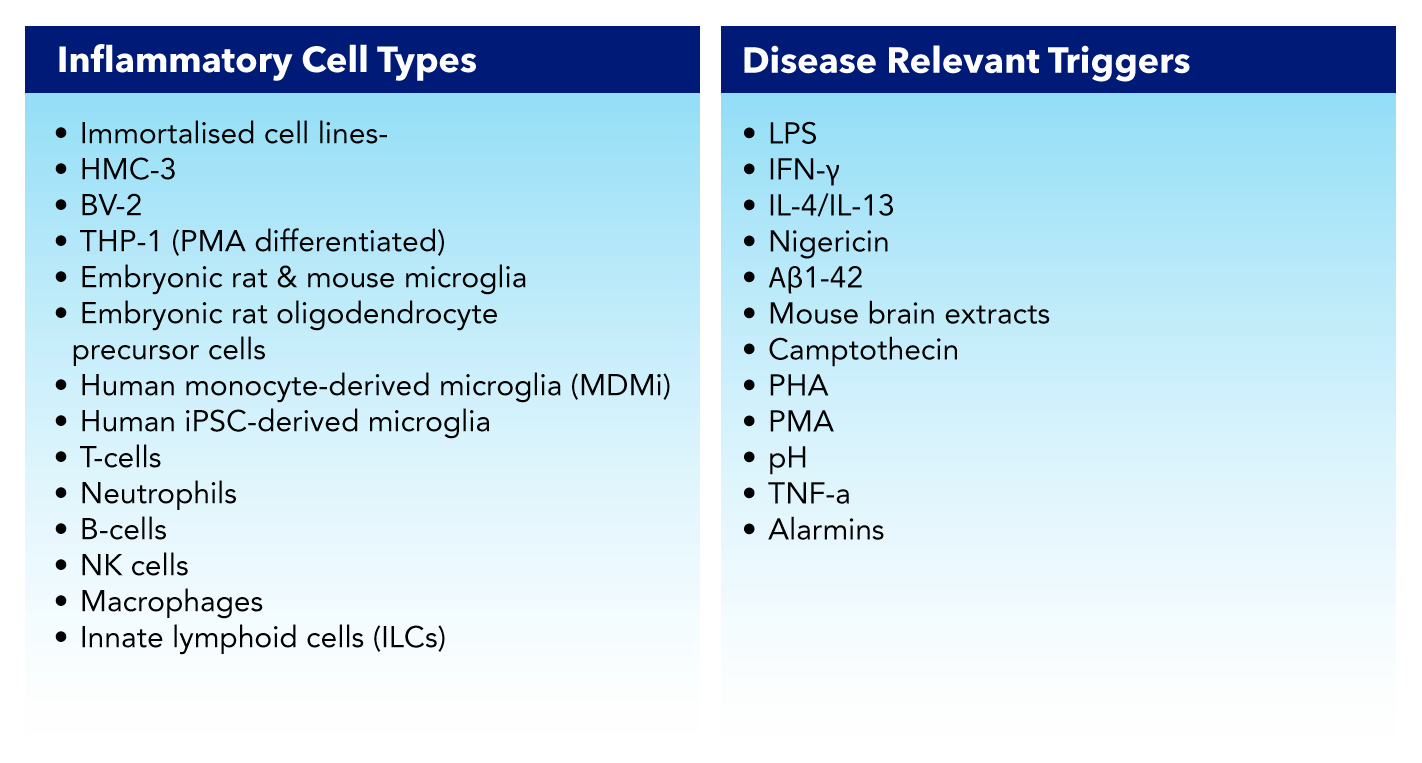
Q3: Have you looked at other endpoints e.g. cytokines, transcriptomics, etc.?
A: We have a lot of experience in measuring disease-relevant readouts in multiple neuroinflammation cell types (e.g. immortalised cell lines, rodent microglia, human MDMi). We do not see a significant issue in applying these to human iPSC-derived microglia using the SCANME platform.
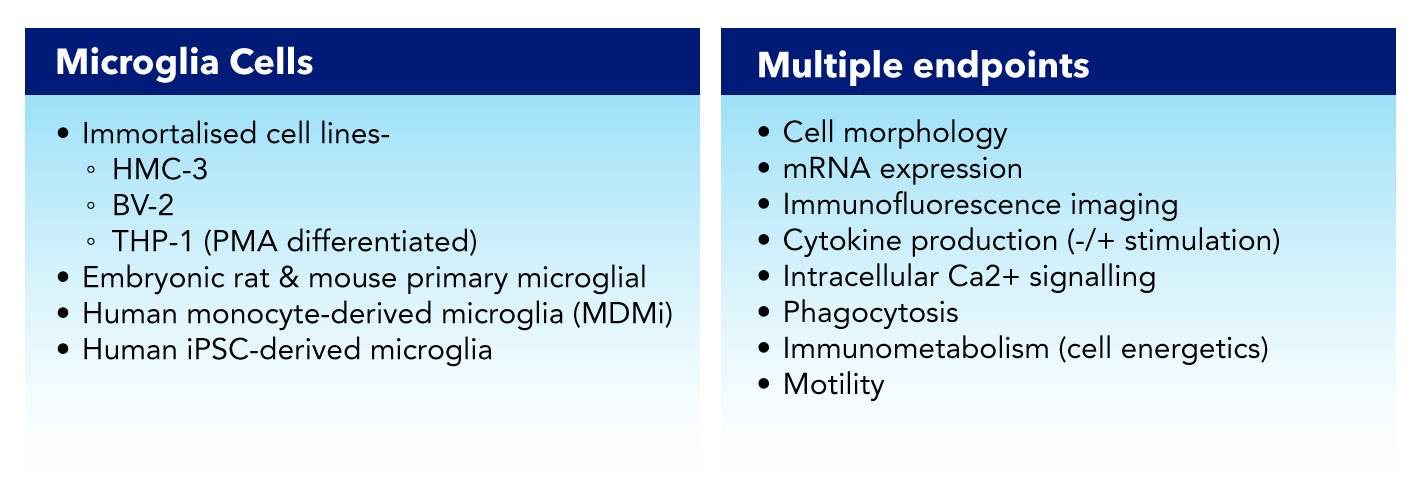
Delivering for our customers - a proven track record

